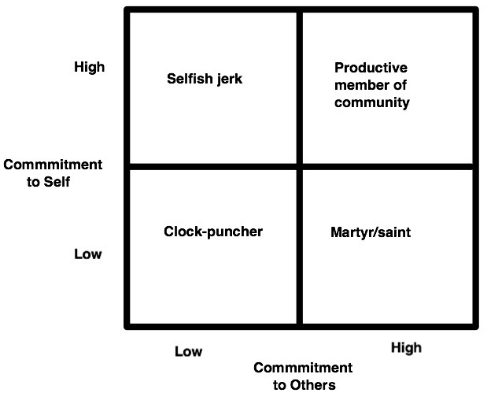I was helping a client with a process mapping exercise recently, and saw this post-it:
n their excellent book Metrics Based Process Mapping, Karen Martin and Mike Osterling suggest that process steps be written in “Verb-Noun” format to show the action. Therefore, the mapping team defined one of the steps as “Receive Ingredients.” (Although with a process time of a half-day and a lead time of eight weeks, it’s actually more like “wait for ingredients,” but no matter.)
What’s interesting in this example is that the team was viewing the activity from their perspective, rather than from the perspective of the work that’s being done. As a result they defined the critical action as “waiting.” And while that’s technically true, it obscures the critical issue: that while they’re waiting, the production of those ingredients is taking eight weeks. In other words, the focus is on the team that’s waiting, not on the team that’s producing the ingredients.
There’s very little you can do to improve “receiving.” There is, however, plenty that you can do to improve a manufacturing lead time of eight weeks when the process time is only half a day. But those possible improvements are obscured by the passivity of “receiving ingredients.”
What did we do? We changed the process block to “Produce Ingredients” and placed it in the supplier swim lane—and then started the examination of why the lead time is so long, and began brainstorming possible countermeasures. The team now expects that they can reduce the lead time to 1-2 weeks.
Another team in the same workshop had a similar issue: one of their process blocks was “Get Sales Input,” with a small process time but a long lead time. When we moved this block from the design team swim lane to the sales team swim lane and relabeled it “Provide Customer Feedback,” it became apparent that the design team could go directly to customers for feedback, and avoid the time waste of working through the sales team.
If you have similar process block in your maps, the odds are good that the placement and phrasing of the post-it is obscuring both the real action and the opportunities for improvement. Focus on the work and who’s doing it, and let that be your guide. “Waiting,” “receiving,” “Getting” and other such phrases are passive, non-activities that impair your ability to see what’s really going on. In other words, semantics matter.








